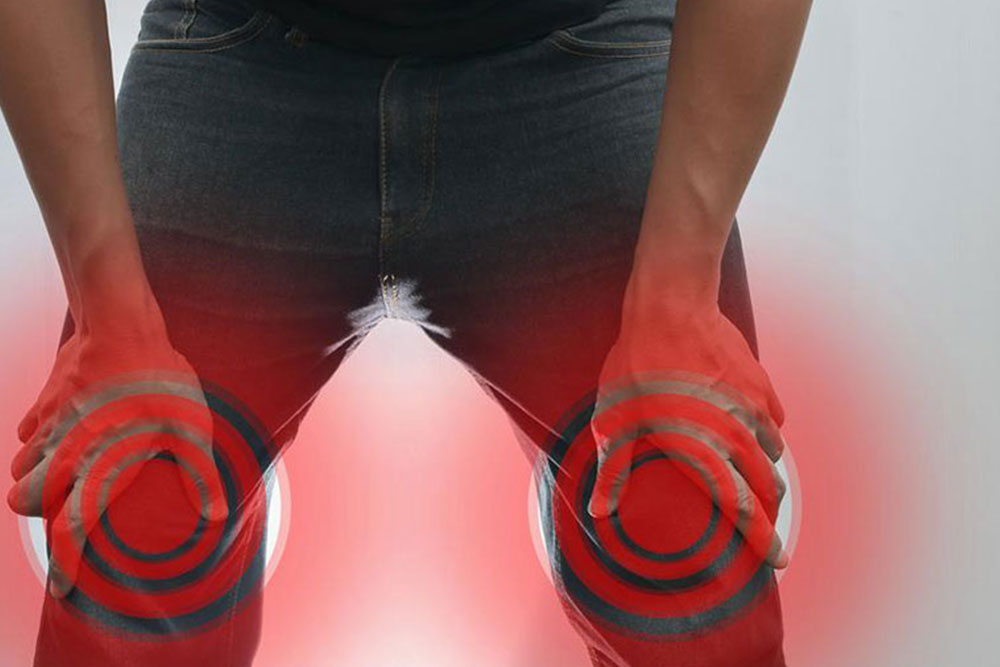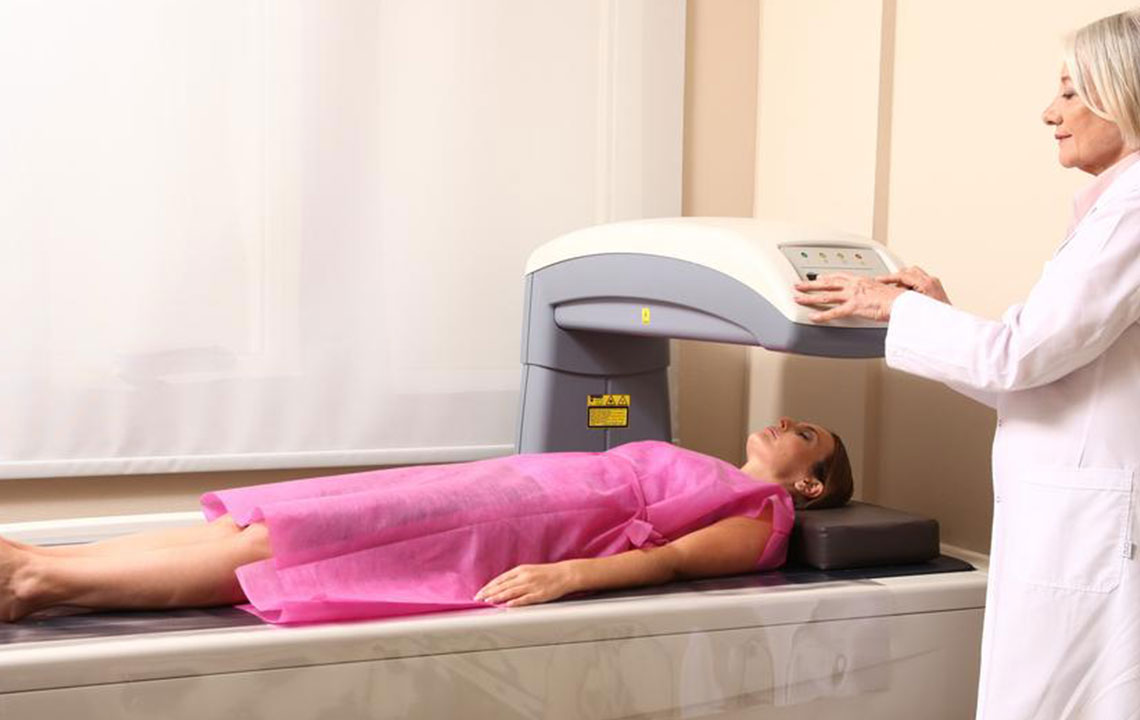Understanding Osteogenesis Imperfecta: Causes, Symptoms, and Care Strategies
This article provides a comprehensive overview of osteogenesis imperfecta, highlighting its causes, symptoms, and management strategies. It emphasizes early diagnosis, treatment options like surgical reinforcement, physiotherapy, and lifestyle changes such as diet and activity. Support and understanding from family and caregivers play a vital role in improving quality of life for affected children. While there’s no cure, proper care can significantly reduce complications and enhance mobility and strength.
Sponsored

Osteogenesis imperfecta (OI), commonly known as brittle bone disease, results in fragile, misshapen bones in newborns. Affected children are prone to fractures and bone injuries from minor impacts or movements. An estimated 25,000 to 50,000 children globally live with this condition. While no definitive cure exists, early detection and attentive management can alleviate symptoms. Below are key signs, causes, and treatment approaches for osteogenesis imperfecta.
What leads to osteogenesis imperfecta?
Most cases (about 80%) stem from dominant mutations in the type 1 collagen genes, COL1A1 and COL1A2, resulting in deficient or poor-quality collagen. Since collagen forms the structural framework of bones, its deficiency impairs bone strength and shape, causing deformities.
Symptoms of osteogenesis imperfecta can vary but typically include:
Brittle, misshapen bones: Longer bones are especially prone to deformity and fracture.
Repeated fractures: Minor falls or knocks can cause broken bones, commonly affecting the forearms, legs, femur, and ankles.
Growth delays: Many children with OI tend to be shorter than average, often more than two standard deviations below their peers’ height.
Muscle weakness: Reduced muscle mass and strength are common alongside bone fragility.
Triangular facial features: Bone deformities may give a child a triangular face, with prominent forehead and temples.
Tendon and skin issues: Collagen deficiency can cause tendinopathy, leading to pain, swelling, and inflammation of tendons.
Limited movement: Weak bones, muscles, and tendons can severely restrict mobility, causing discomfort.
Eye conditions: Eye problems like farsightedness, nearsightedness, blue sclera, glaucoma, and corneal rigidity may occur.
Chest deformities: Rib cage deformities, such as barrel chest, are often present.
Hearing and bone density issues: Increased ear bone density (osteosclerosis) can lead to hearing loss.
Bruising and bleeding: Increased fragility can cause frequent bruises and bleeding complications.
Management of osteogenesis imperfecta focuses on symptom relief and improving quality of life, as no cure currently exists. Treatment options include:
Bone reinforcement surgery: Metal rods (rodding) support weakened bones, reducing fracture risk and deformity.
Fracture care: Immediate treatment of fractures is vital to prevent further damage and mobility issues.
Addressing related conditions: Managing issues like osteosclerosis and tendinopathy helps control symptoms.
Physiotherapy: Targeted exercises can strengthen muscles, but should be performed under medical supervision due to fragile bones.
Assistive devices: Tools like crutches, wheelchairs, and hearing aids aid mobility and independence.
Adopting a healthy lifestyle can support bone health. Consult healthcare professionals before making changes. Recommended measures include:
Calcium-rich foods: Include dairy, salmon, soy, figs, and fortified foods to boost bone strength.
Sunlight exposure: Vital for vitamin D synthesis, which aids calcium absorption; aim for regular sunlight.
Vitamin K intake: Green leafy vegetables, canola oil, soybean, and cheese support bone and muscle integrity.
Stay active: Even with mobility challenges, avoid prolonged inactivity—use assistive devices to move regularly.
Priority sleep: Aim for 8 hours of restful sleep to help maintain bone density. Use comfortable bedding in a quiet, dark room.
Support network: Patience and emotional support from family, teachers, and caregivers are essential for children with OI to thrive and lead fulfilling lives.






